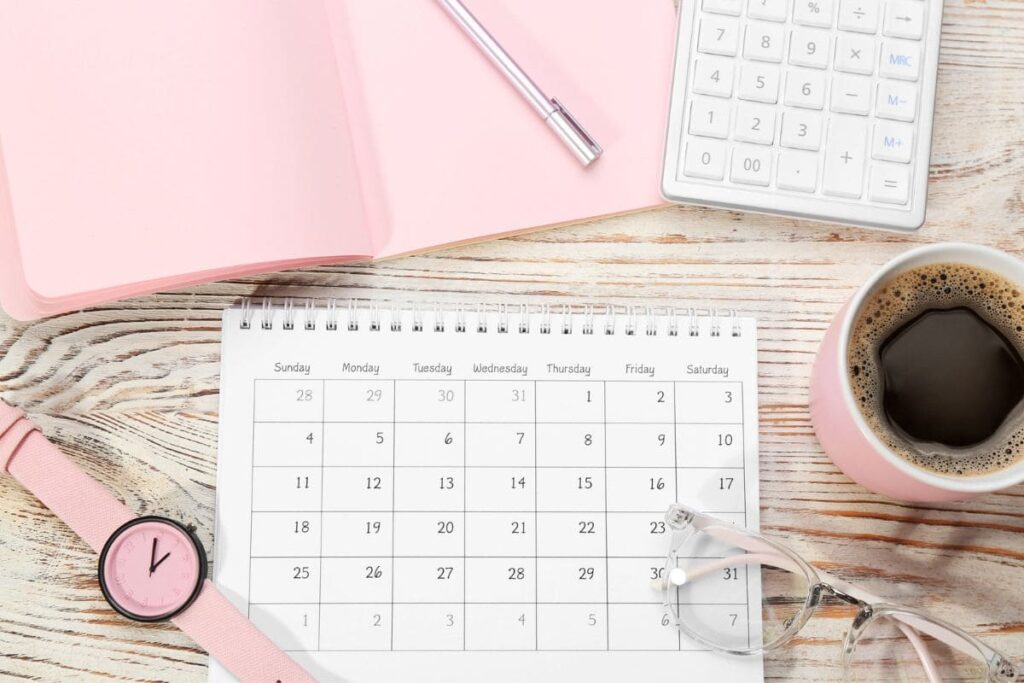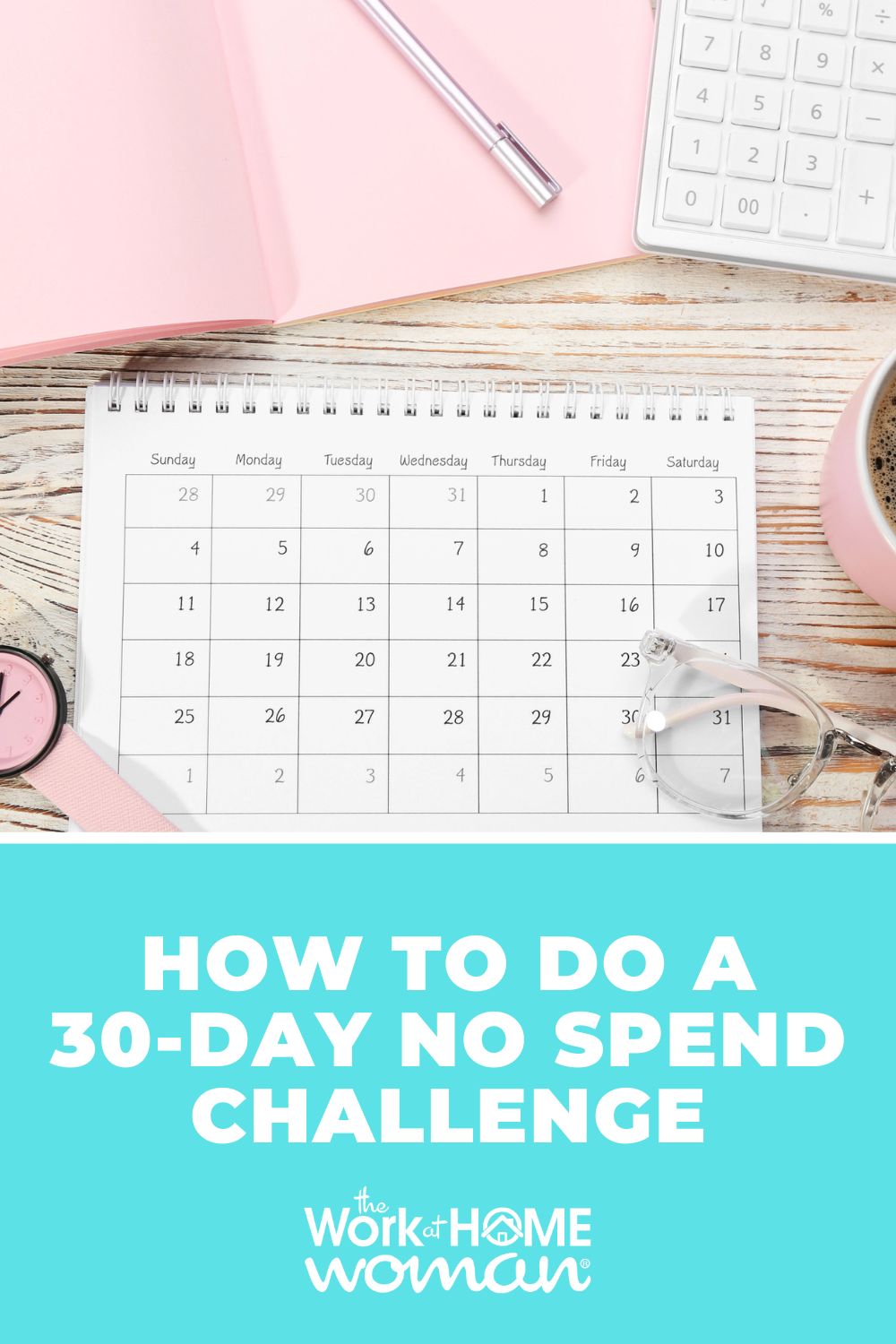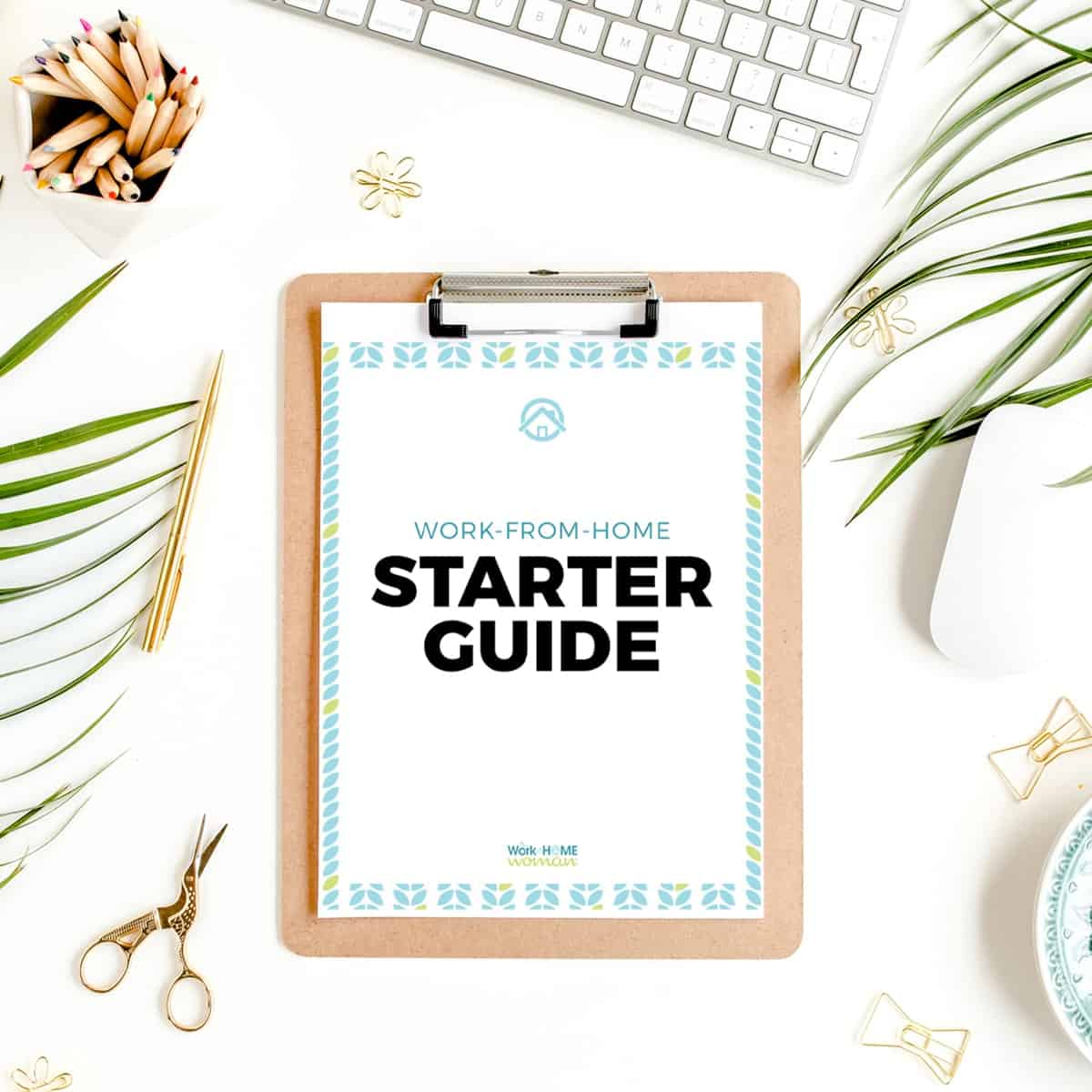We all know that feeling of checking our bank account balance and realizing that we’re spending more than we make. Living paycheck to paycheck can be stressful and lead to financial issues in the long run.
One way to regain control over your finances is through a 30-day no spend challenge. If the idea of not spending any money for an entire month seems daunting, don’t worry; it’s not about deprivation or restriction.
The key is to learn how to differentiate between needs and wants, focus on what really matters, and find creative ways to have fun without overspending and getting into debt.

Benefits of a No Spend Challenge
A 30-day no spend challenge is an excellent way to positively benefit your life. It involves cutting out all unnecessary expenses for 30 days, which can also have long-term benefits on your personal finance journey.
Some of the key benefits of a no spend challenge include:
- Identifying and reflecting on your spending habits
- Becoming more mindful of where your money goes and learning to prioritize essential needs over wants
- Possibly having extra money available to pay off debts or save for future goals
Beyond the financial benefits, completing a no spend challenge can also bring positive changes to your lifestyle. With reduced spending, you may find yourself engaging in more meaningful activities, such as spending time with loved ones, pursuing hobbies, or participating in free community events. This can lead to a more fulfilling and balanced lifestyle.
If you’re considering doing a 30-day no spend challenge, know that it won’t be easy but it also won’t be impossible. Here are some key tips to help you get started.
1. Set Clear Goals and Rules
It’s essential to start your 30-day no spend challenge with clear and realistic goals so you can stay focused. What do you want to achieve by doing the no spend challenge? It can be debt reduction, saving for a vacation, or simply becoming more mindful of your spending habits.
Write down your goals and make them specific and realistic. For example, if you want to save $500 by the end of the month, break it down into smaller weekly goals of $125. You don’t have to set only financial goals, either. Another goal could be simply learning how to make do with what you have and finding creative, free ways to spend quality time with your family during the month. Having clear goals will motivate you and give you a sense of direction during the challenge.
Also, don’t forget about the rules for your no spend challenge. Consider what you will and won’t spend money on during the 30 days, whether you’re looking to cut out online shopping, takeout, and other wants while still prioritizing necessities like utilities and fuel for your car.
2. Evaluate Your Expenses and Any Upcoming Costs
So when is the best time to have a 30-day no spend challenge? This will depend heavily on your personal situation and your existing expenses. You may not want to stop spending money during the month your family has a vacation planned or your child has a birthday.
However, if your schedule is usually pretty busy, there may never seem like a perfect time to have a 30-day no spend challenge. This is why it’s best to look at your budget and evaluate your expenses and upcoming plans.
Write down any upcoming costs and make it easier on yourself by planning your no spend challenge during a month where you anticipate the least financial distractions. If this is your first no spend month, try to avoid months that involve holidays, birthdays, and travel.
Also, remember that not spending money for an entire month won’t come easy and will be a noticeable sacrifice. Take a close look at your bank statements and see where your money is going. Make a list of all the necessities you need to survive for 30 days, including food, toiletries, rent or your mortgage, and other essentials.
Get comfortable with the idea that you won’t spend much on expenses outside of basic necessities for a few weeks.
3. Go Through Your Pantry
It’s best to plan your meals for the entire month and make a shopping list based on that plan when doing a 30-day no spend challenge. This will help you avoid impulse buys and ensure that you have everything you need from the grocery store.
Start by going through your pantry and cabinets to see what food items you already have on hand. This would be the perfect time to find something to make with that meat from the freezer or those canned veggies. Try to build meals based on foods you already have by searching for recipes using those ingredients. Then, brainstorm a list of meals and snacks.
Here are some examples of what you can make based on a few basic pantry staples.
- Rice – Add veggies and beans to make it an entree, or make fried rice.
- Can of chickpeas – You can make a chickpea stew by adding some veggies and tomatoes or roast the chickpeas in the oven with olive oil and seasonings for a snack.
- Can of beans or lentils – Add ingredients from the grocery store to make chili.
- Tortilla chips – Make nachos or guacamole to eat with the chips.
- Canned tuna – Prepare tuna salad or Tuna Helper with pasta.
- Tomato sauce – Find a recipe for a delicious tomato soup to eat with warm bread.
You may even find it fun to discover new recipes based on the ingredients you already have. This will also help eliminate waste, and you should notice a significantly reduced grocery bill this month.
Make a Meal Plan
Don’t forget to write down your meals throughout the week. You can always get recipe ideas from food blogs and YouTube to fill out your meal plan for the month-long challenge. Try to keep it simple and realistic; avoid meals you actually don’t want to make.
This is also a perfect time to make good use of your crockpot and bulk cook meals so you can avoid cooking each day while still not spending on costly restaurant takeout.

4. Plan Entertainment and Other Activities
This is where the challenge becomes exciting. You don’t have to sit at home and watch Netflix every day. Instead, try free activities such as hiking, visiting a museum on a free admission day, hosting a potluck with friends, or participating in community events. Check your community’s Facebook page or the official website to see if there are any free upcoming events you’d like to attend.
You can also use this time to be creative and pursue a hobby you’ve been putting off because of a lack of time. Start reading every evening for 30 minutes during your no spend challenge or host a board game or craft night with your kids using the stuff you already have in your home. Make a list of things you can do for free or cheap, and challenge yourself to try at least one new thing every week.
5. Track Your Progress
Tracking your progress during your no spend challenge is crucial. Keep a journal, spreadsheet, or use a budgeting app to record your spending. This will help you stay accountable and motivated. Adjusting your spending habits and avoiding non-essentials may be challenging initially, but getting an accountability partner can also help with this.
Enlist a friend or family member to join you or find a support group online. Post your progress on social media or a blog to keep yourself accountable. Celebrate your progress, no matter how small, to keep yourself motivated. Remember, it’s not just about saving money but also changing your money habits.
30-Day No Spend Challenge Wrap-Up
A 30-day no spend challenge can be a fun and effective way to save money, become more mindful of your spending habits, and learn how to have fun without breaking the bank. By cutting out unnecessary purchases and becoming more conscious of your spending habits, you can improve your financial well-being, strengthen your self-discipline, and possibly even meet some of your short-term financial goals.
If the amount of time needed for his challenge intimidates you, consider starting with a shorter time frame and try a no spend weekend or a no spend week. You can still make a lot of progress in this time and avoid spending unnecessary money.
Looking for ways to being in more income? Here is a list of 15 ways to start a home business for free!








Leave a Comment